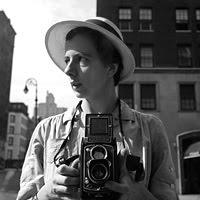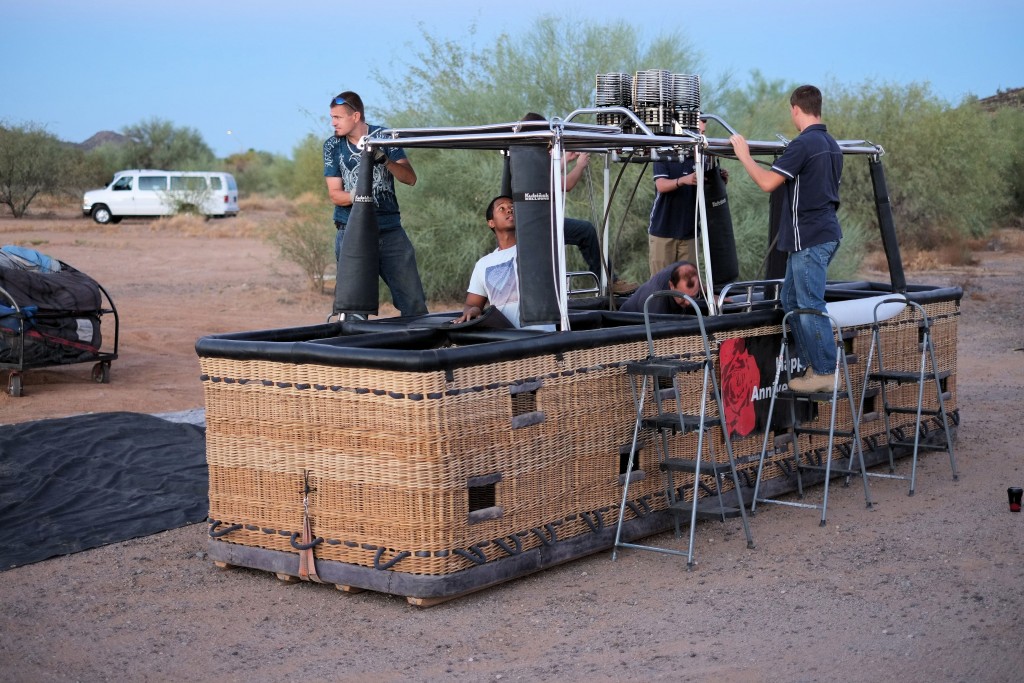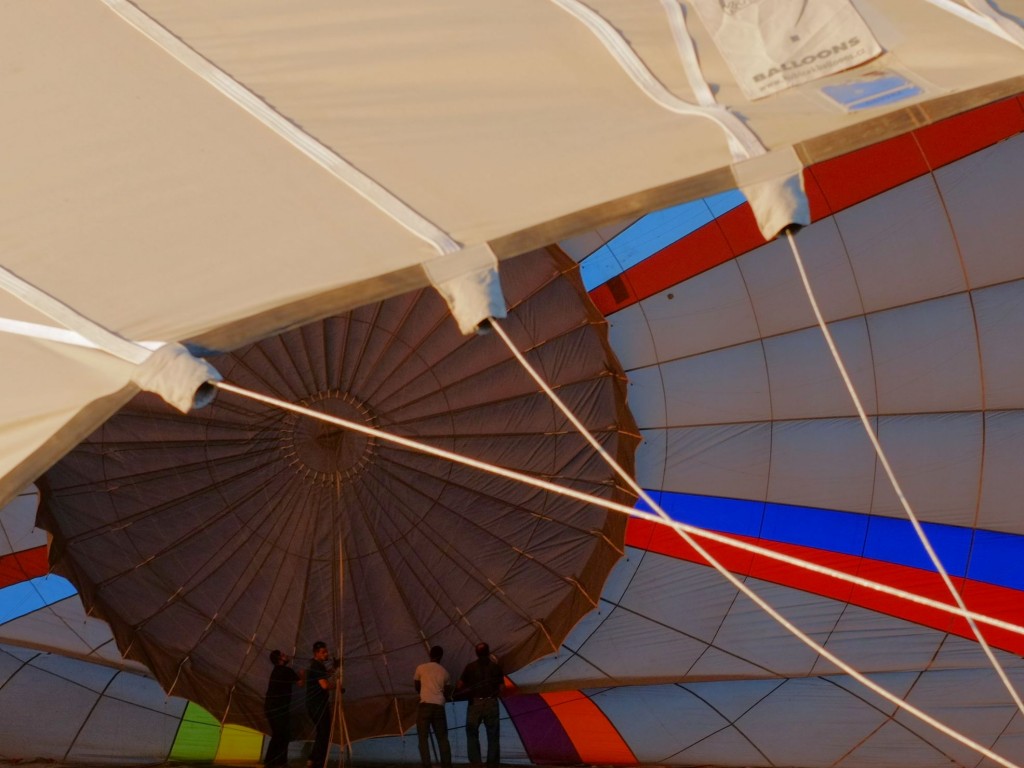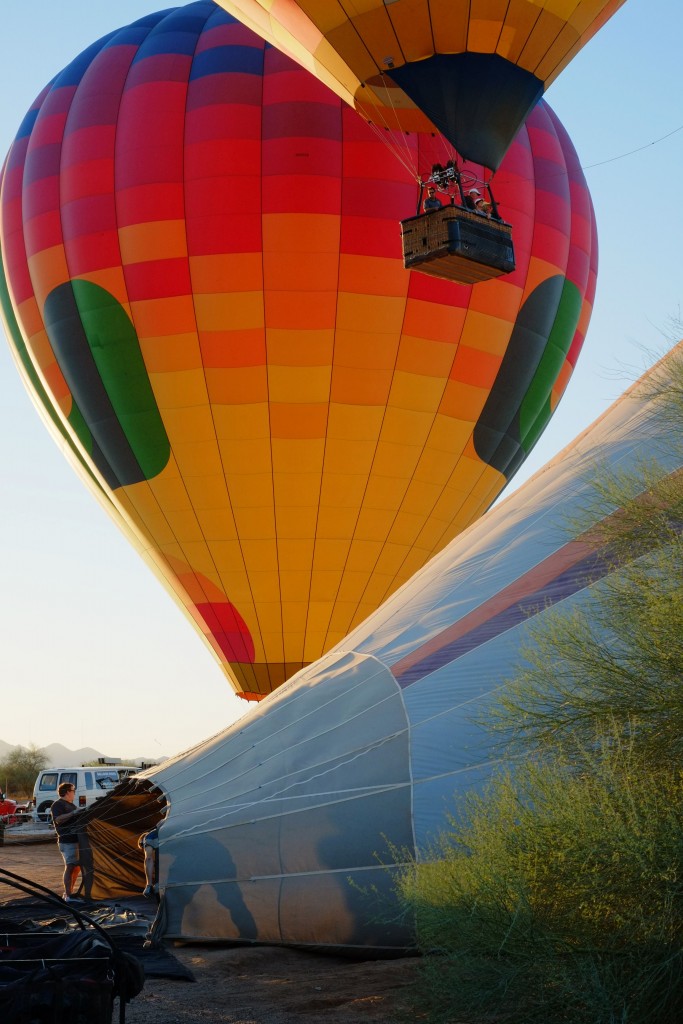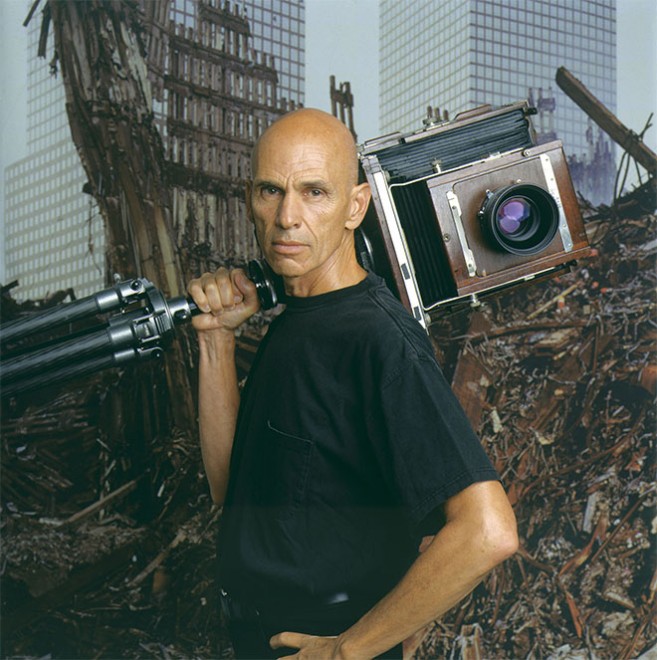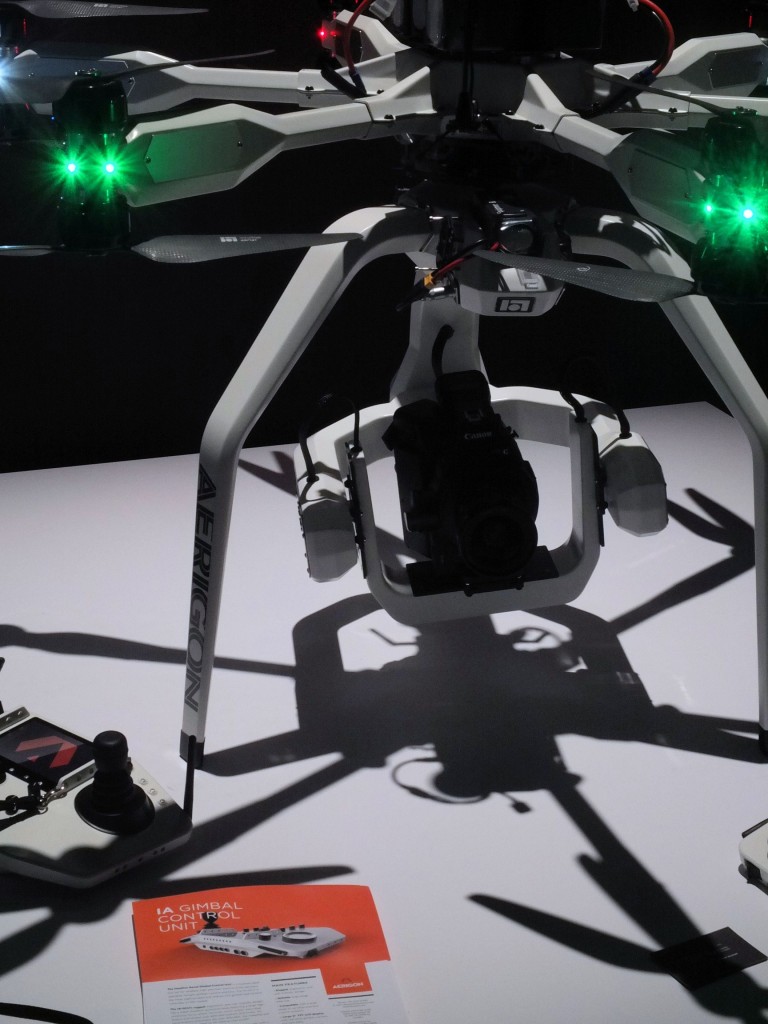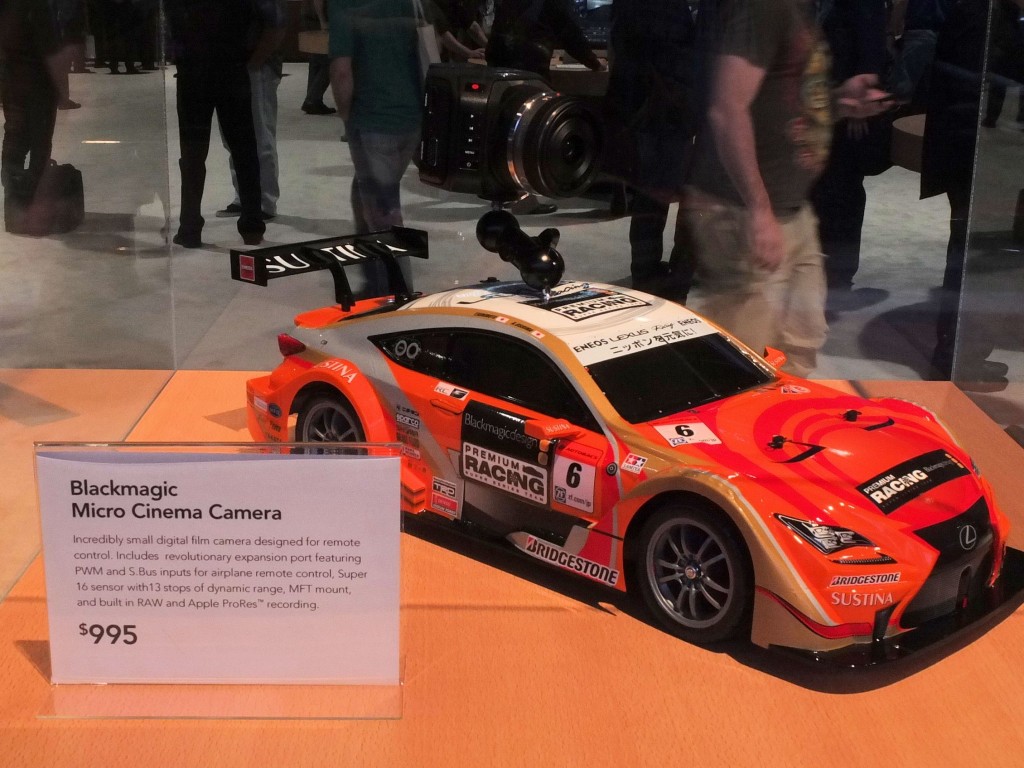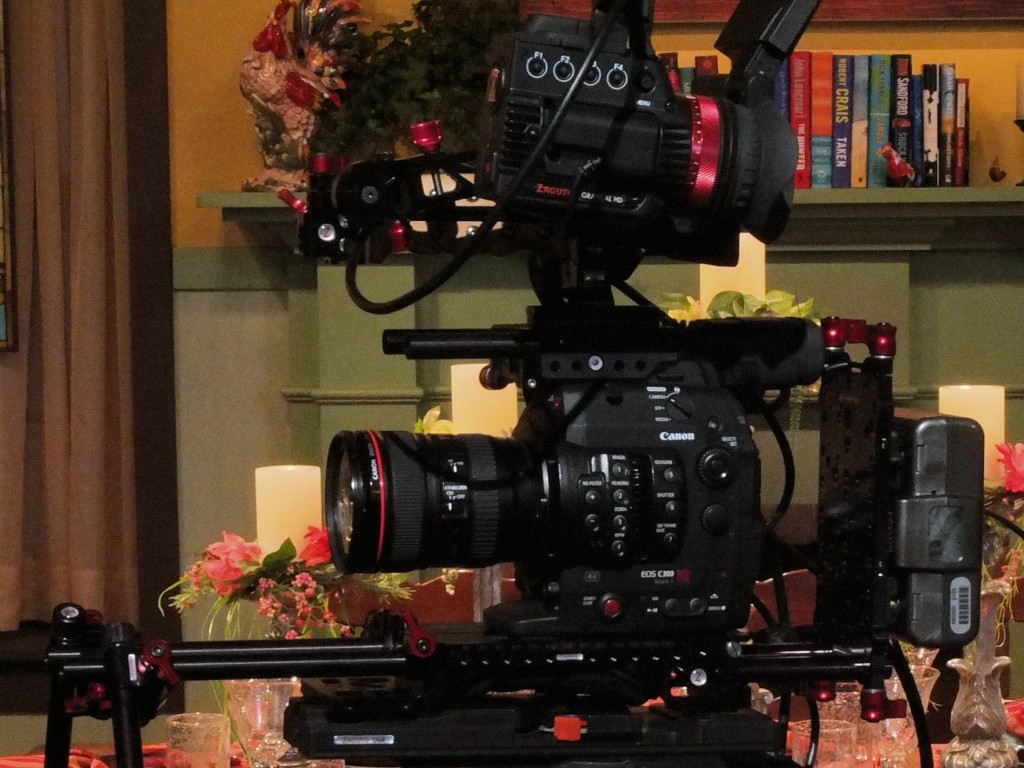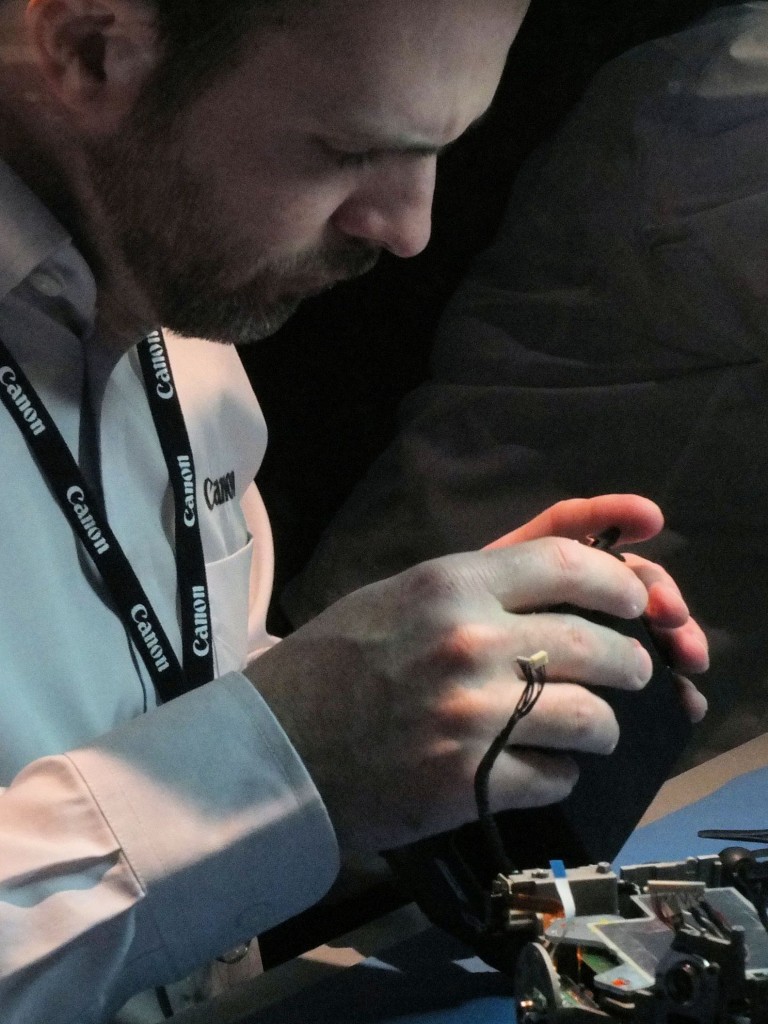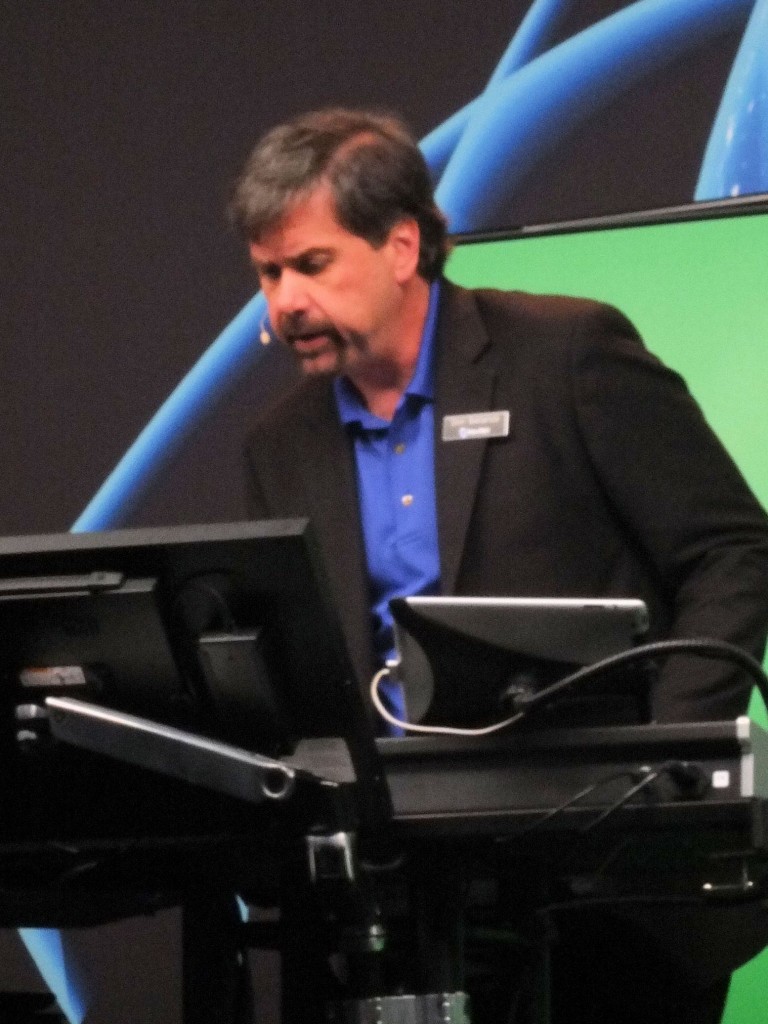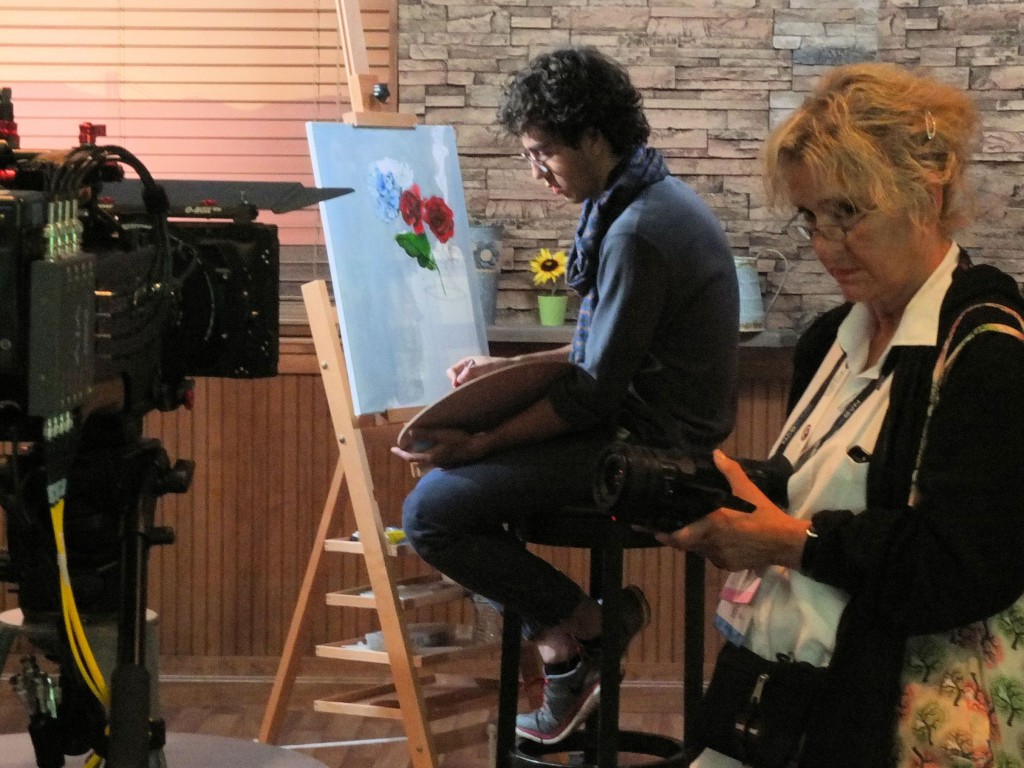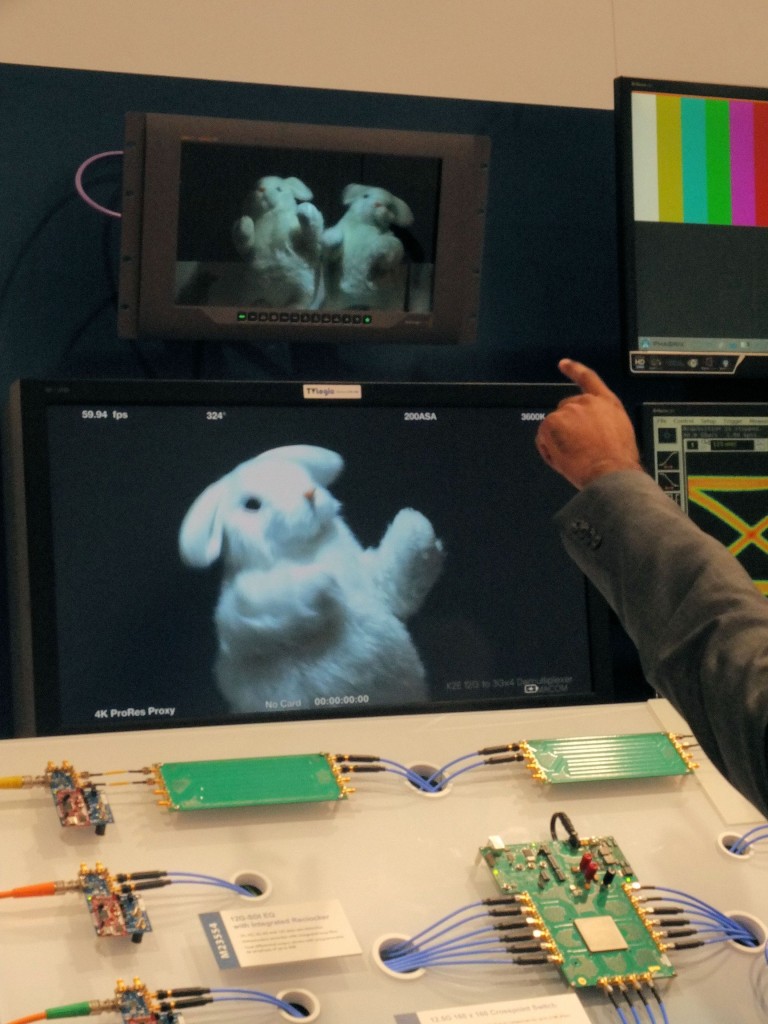If I didn’t know better, I’d say I was involved with a dying industry. I am speaking of broadcast. Since I do know better, let me say that the industry is merely morphing into something whose end product is difficult to predict.
Television broadcasters have collected millions of dollars for turning in their frequency assignments to be sold to wireless (cell phone) carriers. They may find a new home sharing frequency space with another broadcaster. Some of them are choosing to take the money and run and will cease being broadcasters. The move to share frequencies will be aided by the adoption of a new broadcast standard, ATSC 3.0. That move will obsolete the current inventory of over the air television receivers and require another round of new equipment purchase for the folks who wish to get their television without relying on satellite or cable distribution companies. This comes at a time when the numbers of televisions per household is one the decline, with a doubling of the number of households without a television over the last ten years.
Neither are aural broadcasters on the ascendancy. “AM improvements” have been had largely by more congestion in the FM band with low power translator signals that carry the same service as the ailing AM counterpart. And the competition for ears is no longer just other broadcast signals. The decline in radio listening is based on other sources of music and entertainment provided through the internet. Local broadcasters who lack the solid local component in their programming are very vulnerable to losing ears to music and entertainment providers from outside their market.
The NAB has surrendered. The 2017 Convention, “where content comes to life,” might be described as being in the post-convergence era. Now it’s no longer a matter of convergence between broadcast and other forms of distribution. Now all methods of distribution are equal and the exhibit floor is taken over with gear for the production side of things. Broadcasters are likely outnumbered by those representing content creators whose product might never be sent across the ether.
“You’ve been sensing it for a while.” So says the description of this year’s NAB Convention. “The result of these once distinct fields of media, entertainment and technology are converging and becoming something far greater than the sum of their parts. That’s The M.E.T. Effect℠ — and it’s redesigning the very nature of how we live, work and play.” No longer the NAB Convention, we are now dealing with the NAB Show. It’s not a group of broadcasters getting together any longer. It’s something else.
I still look forward to attending the NAB ‘Show.’ It’s largely a social thing for me now. I do enjoy seeing what some of the broadcast oriented manufacturers might have in their new products. People like Nautel never cease to amaze. Their transmitter product addresses the needs of broadcasters and is thoughtfully engineered for reliable operation and ease of maintenance.
I look forward to the Canon presentations, where they proclaim the virtues of their cinema product with strong examples of their effective use. Their product presentations carry a bit more weight when they are done through interviews with folks who have the initials ASC after their name. The films they prepare to show off camera features are more than entertaining.
NewTek always has a live presentation and demo that is entertaining and gives rise to a lot of good ideas on creative use of their TriCaster. Their booth is always worth a visit.
Yes, Las Vegas will again be a fun trip even if the state of broadcasting is still highly undetermined by the end of the NAB Show. It seems we are among those cursed to be living in interesting times.


